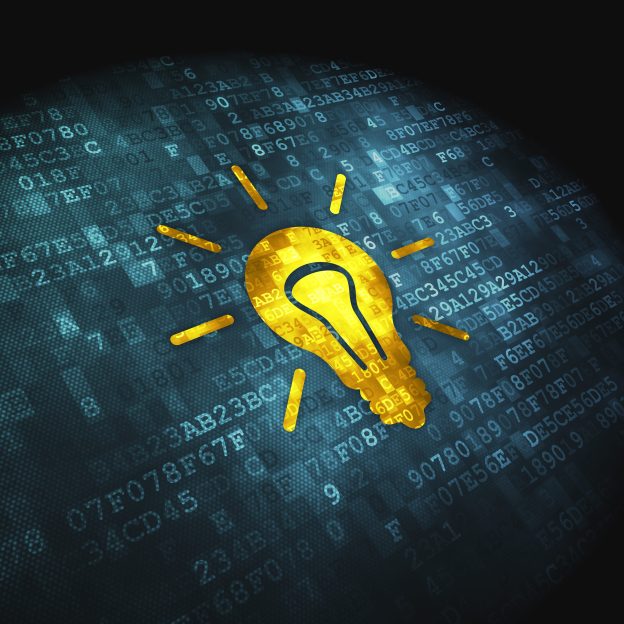
While homeowners want to have access to a stable supply of electricity, they are generally opposed to having power distribution equipment installed nearby because of the potential health risk. Taiwan’s main public utility company Taipower has recently launched a “good neighbor campaign” to explain their policies and activities around the island. At an ongoing event in Taipei’s bustling Xinyi Shopping District, Taipower representatives are educating the public on the many important functions that the ubiquitous transformer boxes perform – that is, other than being a “PokéStop” for players of the popular mobile AR game Pokémon GO.
As a government-run entity that is held accountable to the public, Taipower has to maintain constant communication with local communities in order to effectively provide its services and execute its projects. For instance, the utility company has been in a back-and-forth negotiation with the government of Taichung over the emission level of a local coal-fired power station. The event that is now taking place in the Xinyi Shopping District is centered on a less partisan and more everyday topic – the transformer box. Taipower has enlisted the help of several PR and design firms (i.e., City Yeast, ArchiBlur Lab, and the Wedo Group) to hold an exhibition in downtown Taipei. The purpose of this event is to educate the public on the functions of different types of distribution transformers.

Transformer boxes are everywhere – next to the sidewalk, on the pedestrian islands, etc. They are the last section of the electricity supply chain, charged with the important responsibility of delivering power at the suitable voltage for end users. (Source: TechNews)
At the exhibition, Taipower is showcasing a variety of distribution transformers that come in different shapes and sizes. The intention of course is to emphasize the critical role that this piece of equipment plays in providing power to residences. There are many signs and posters with texts describing the functions and operating principles of the transformer boxes that are on display. Some of these transformer boxes have been opened up or disassembled, thus giving exhibition visitors a detailed look at the various components that work together to lower the voltage of the electricity supply to 110V and 220V for residential homes.

The exhibition guides describes the internal working of a distribution transformer to visiting school children, taking great length to describe how the electricity that comes of wall sockets has its voltage lowered to 110V or 220V. (Source: TechNews)
According to Taipower, transformer boxes that are commonly seen on roadside are officially called “pad-mounted transformers.” Since power stations are located far away from end users, the electricity that they produce has to be transmitted at high voltages to minimize resistance losses along distribution lines. When the electricity from power stations travels near the sites of consumption (such as urban centers), its voltage will be gradually stepped down. Currently, there are approximately 1.39 million units of pad-mounted transformers installed across Taiwan.
Taipower has invited classes from local elementary schools to this science exhibition about transformers. Students appear to have a great time with the interactive displays and activities that are being offered. For example, they get to wear the company’s uniforms and protective gears in a simulation on inspecting different types of power distribution equipment.
Players of the mobile AR game Pokémon GO will recognize that transformer boxes that have been decorated with paintings (mostly landscape scenes) are potential PokéStops, where visitors can obtain in-game items. Niantic, the developer of Pokémon GO, had earlier created another AR game called Ingress that allows players to use the GPS function of their mobile devices to interact with physical points of interest. Many Ingress players in Taiwan had applied to have the decorated transformer boxes in their neighborhoods designated as points of interest, and this practice later carried over to Pokémon GO. Although this phenomenon is unique to Taiwan, Taipower in this exhibition has not brought this topic up, nor has it offered any information about the artists who are charged with beautifying a bulky piece of power equipment.


The photo shows a model transformer box that is miniaturized to scale with the commonly seen identification labels. The serial number on the base is actually a location ID code that often helps people living in mountainous areas to determine their positions. Dan Jacobson, an American expat living Taichung, is one of the first people to make the connection between the serial number and the local geographic coordinate system known as TWD67. (Source: TechNews)
The accompanying sign for a miniaturized transformer model explains what the serial number on the base of the equipment stands for. However, Taipower has not credited Dan Jacobson, a long-time American expat and a former employee of Bell Labs, for being one of the first people to reveal the secret of the serial number. It is actually a location identification code partially based on TWD67, which is a locally developed geographic coordinate system.

Taipower has even brought a utility pole into the exhibition in order to properly display a pole-mounted transformer. (Source: TechNews)
(This article is an English translation of news content provided by EnergyTrend’s media partner TechNews. Photo credits: TechNews.)







